
Filter News
Area of Research
- (-) Energy Science (89)
- (-) Materials (97)
- (-) National Security (33)
- Advanced Manufacturing (3)
- Biological Systems (1)
- Biology and Environment (118)
- Biology and Soft Matter (1)
- Computational Biology (2)
- Computational Engineering (3)
- Computer Science (6)
- Electricity and Smart Grid (1)
- Energy Frontier Research Centers (1)
- Functional Materials for Energy (1)
- Fusion and Fission (8)
- Isotopes (7)
- Materials for Computing (15)
- Mathematics (1)
- Neutron Science (123)
- Nuclear Science and Technology (8)
- Quantum information Science (4)
- Supercomputing (97)
News Topics
- (-) Big Data (12)
- (-) Biomedical (11)
- (-) Cybersecurity (26)
- (-) Environment (69)
- (-) Exascale Computing (3)
- (-) Microscopy (29)
- (-) Nanotechnology (41)
- (-) Neutron Science (44)
- (-) Simulation (4)
- 3-D Printing/Advanced Manufacturing (92)
- Advanced Reactors (10)
- Artificial Intelligence (24)
- Bioenergy (32)
- Biology (15)
- Biotechnology (5)
- Buildings (38)
- Chemical Sciences (33)
- Clean Water (10)
- Composites (19)
- Computer Science (50)
- Coronavirus (16)
- Critical Materials (19)
- Energy Storage (85)
- Fossil Energy (2)
- Frontier (3)
- Fusion (8)
- Grid (44)
- High-Performance Computing (13)
- Hydropower (3)
- Irradiation (1)
- Isotopes (13)
- ITER (1)
- Machine Learning (20)
- Materials (95)
- Materials Science (90)
- Mathematics (3)
- Mercury (3)
- Microelectronics (1)
- Molten Salt (3)
- National Security (37)
- Nuclear Energy (26)
- Partnerships (20)
- Physics (28)
- Polymers (21)
- Quantum Computing (3)
- Quantum Science (13)
- Security (15)
- Space Exploration (5)
- Statistics (1)
- Summit (8)
- Transportation (72)
Media Contacts
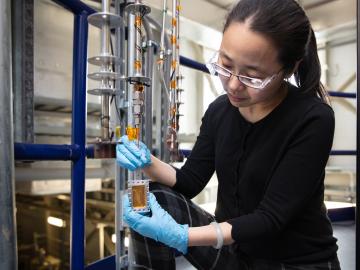
Researchers at the Department of Energy’s Oak Ridge National Laboratory, Pacific Northwest National Laboratory and Washington State University teamed up to investigate the complex dynamics of low-water liquids that challenge nuclear waste processing at federal cleanup sites.
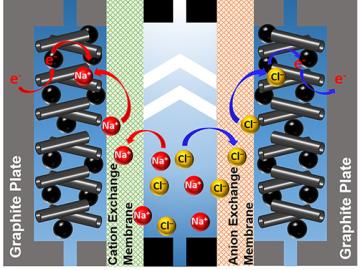
A team of scientists led by Oak Ridge National Laboratory used carbon nanotubes to improve a desalination process that attracts and removes ionic compounds such as salt from water using charged electrodes.
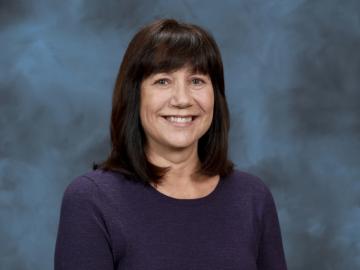
OAK RIDGE, Tenn., March 22, 2019 – Karren Leslie More, a researcher at the Department of Energy’s Oak Ridge National Laboratory, has been elected fellow of the Microscopy Society of America (MSA) professional organization.
Higher carbon dioxide levels caused 30 percent more wood growth in young forest stands across the temperate United States over a decade, according to an analysis led by Oak Ridge National Laboratory.

OAK RIDGE, Tenn., March 1, 2019—ReactWell, LLC, has licensed a novel waste-to-fuel technology from the Department of Energy’s Oak Ridge National Laboratory to improve energy conversion methods for cleaner, more efficient oil and gas, chemical and
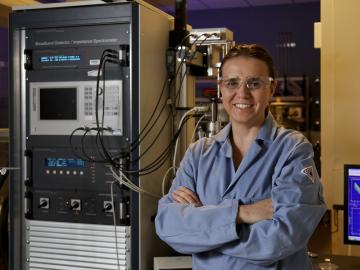
Vera Bocharova at the Department of Energy’s Oak Ridge National Laboratory investigates the structure and dynamics of soft materials.
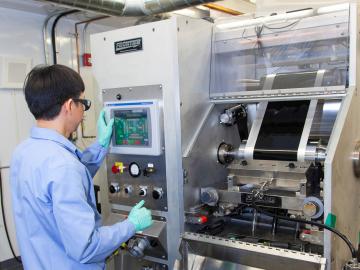
The use of lithium-ion batteries has surged in recent years, starting with electronics and expanding into many applications, including the growing electric and hybrid vehicle industry. But the technologies to optimize recycling of these batteries have not kept pace.
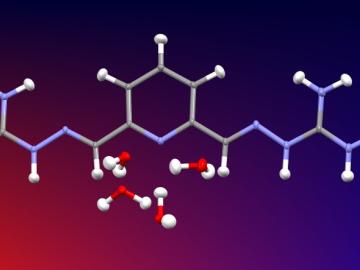
Researchers used neutron scattering at Oak Ridge National Laboratory’s Spallation Neutron Source to investigate the effectiveness of a novel crystallization method to capture carbon dioxide directly from the air.

Gleaning valuable data from social platforms such as Twitter—particularly to map out critical location information during emergencies— has become more effective and efficient thanks to Oak Ridge National Laboratory.

OAK RIDGE, Tenn., Feb. 8, 2019—The Department of Energy’s Oak Ridge National Laboratory has named Sean Hearne director of the Center for Nanophase Materials Sciences. The center is a DOE Office of Science User Facility that brings world-leading resources and capabilities to the nanoscience resear...


